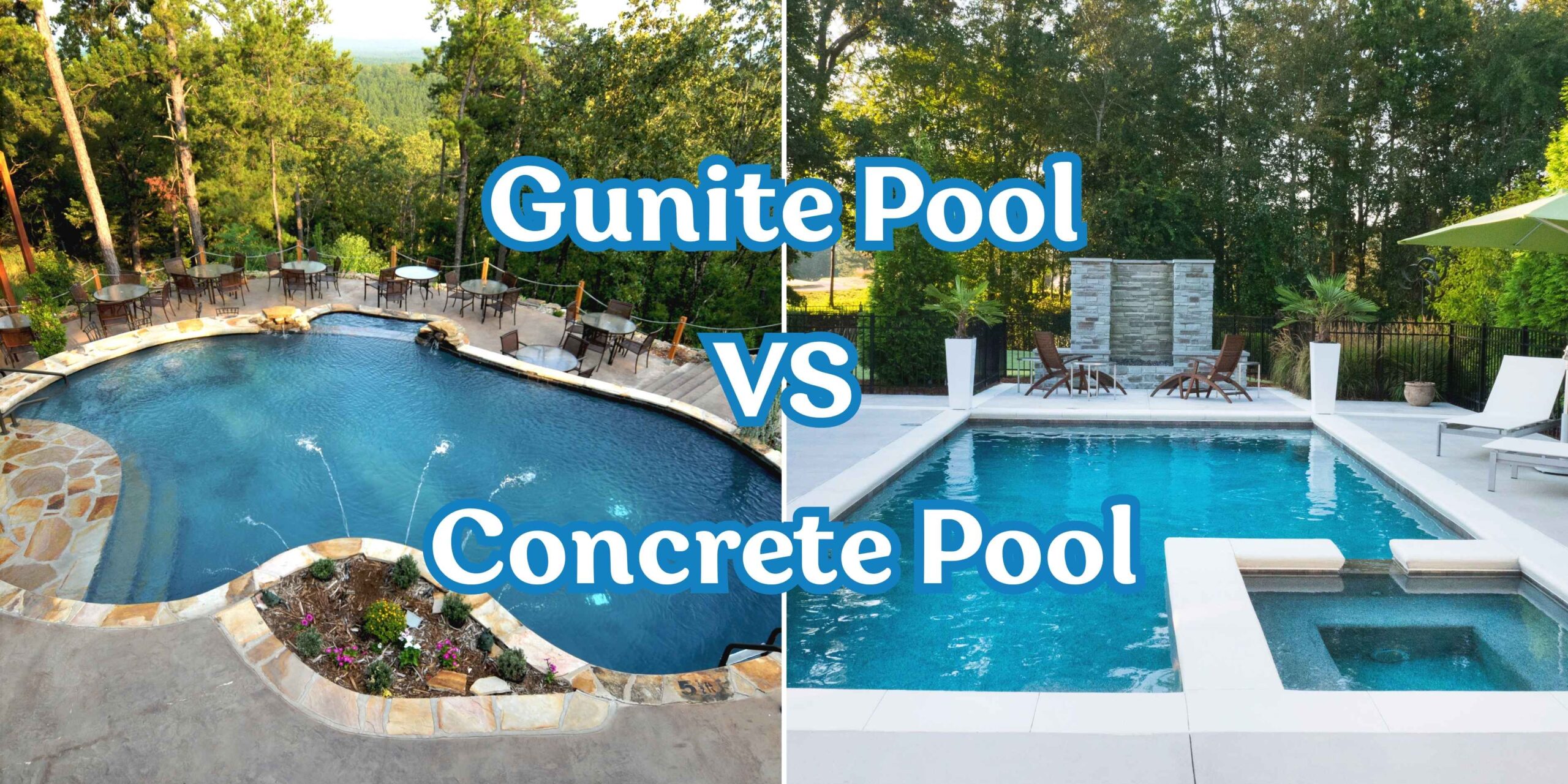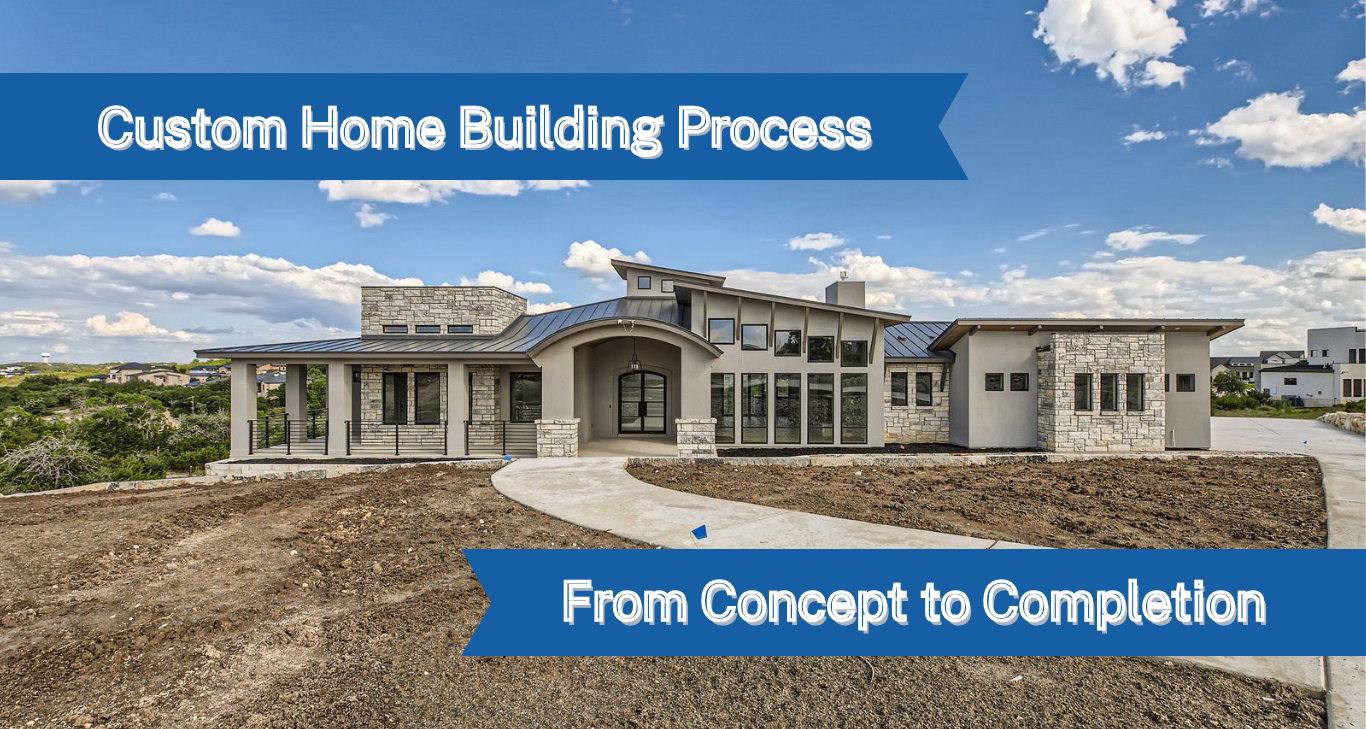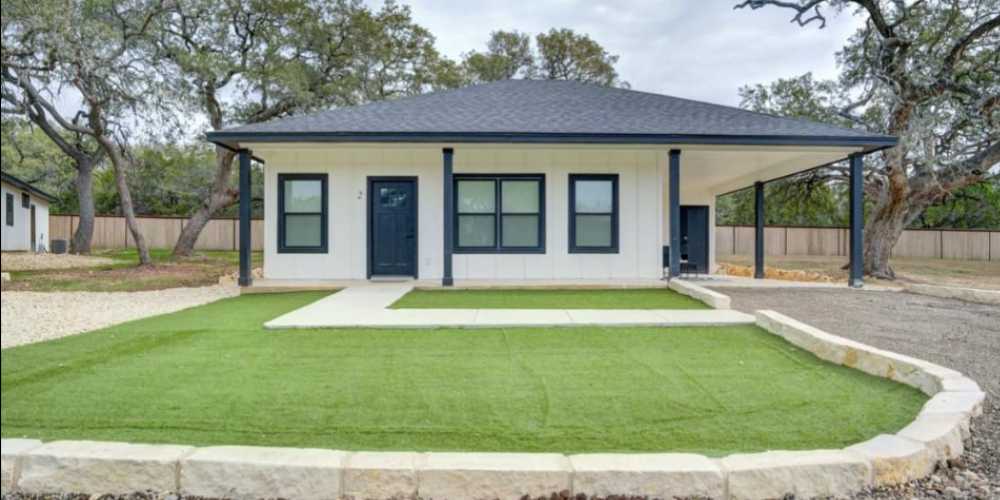Selecting the best pool type is very important in San Antonio because spending time outside is how people live. Knowing the difference between gunite and concrete pools allows homeowners to make a durable choice.
The Basics of Concrete Pool Construction
To build a concrete pool, first, a steel-reinforced mould is constructed, and then wet concrete is poured into it. Upon pouring, the concrete must be allowed to cure for weeks before you can apply tile, pebble, or plaster. As a result, you get a strong and lasting pool even though the process takes longer and more effort than other methods.
1. Traditional Structure
A concrete pool construction process starts by framing the pool with wood or metal to get the desired layout. Wet concrete is then poured into this mould to create the base structure.
2. Thick, Poured Layers
Unlike things sprayed, poured concrete comes together as one solid and unbroken structure. Because of this, your concrete mix is stronger, yet it takes more time for the concrete to fully dry and harden.
3. Steel Reinforcement
The structure becomes more stable as the framework carries the steel reinforcement. Because of this system, the building is extremely strong, and the concrete shell stays in place.
4. Time-Intensive Curing
Curing concrete is a process that usually takes 28 days, sometimes even more. Good curing processes are needed to avoid cracks and secure the building’s stability.
5. Custom Shapes Possible
Even though it applies in a more fixed way than gunite, concrete pools can still be designed with different depths and shapes by careful preparation.
6. High-End Finishes
A lot of pool surface finishes are possible with concrete, such as smooth plaster, mosaics, or exposed aggregate, for a stylish look.
What Sets Gunite Pools Apart
Applying gunite to a pool makes it different from other concrete pools. The gunite mixture is sprayed over surfaces using a hose, making the work both quicker and with less effort.
1. Spray Application
The gunite pool installation method uses a hose to spray a dry cement-sand mix, which mixes with water as it exits the nozzle.
2. No Need for Formwork
Gunite is a different type of concrete pool construction, as it eliminates the need for making wooden forms. The mixture goes right on top of the steel reinforcement grid.
3. Faster Application
Since poured concrete takes time to settle, installing a gunite pool in San Antonio usually takes less effort and is completed faster.
4. Greater Design Flexibility
Experienced pool builders benefit from gunite, as it is easy to make pools with tanning ledges, waterfalls, or beach entries.
5. Durable Under Pressure
Properly applied, gunite is very long-lasting and appropriate for San Antonio’s environment with its changing temperatures and moving soil.
6. Shorter Curing Time
Even though gunite is curing, it tends to cure more evenly than ordinary poured concrete, thanks to the way it is applied.
7. Surface Texture Options
Gunite pools are often finished with many types of materials, just like concrete. Nevertheless, such cookies commonly have an uneven texture if left as is.
Gunite vs Concrete Pool- Durability, Customization, and Maintenance
More than looks, there are other factors one should consider when comparing gunite vs concrete pool. Common factors people consider include a product’s strength, the way it can be designed, and how well it will last over the years when choosing a product.
1. Strength and Longevity
Although both types of pools are strong, gunite is regarded as more durable since it is applied in layers and is very dense.
2. Design Freedom
With gunite, pool builders can adjust the design however a homeowner sees fit since it suits unusual backyard environments well.
3. Repairing and Fixing
All pools made of concrete are prone to cracking over the years. But since gunite is sprayed on in sections, it is easier to fix any damages that arise.
4. Maintenance Needs
Even though they need less work on the structure, the gunite pool in San Antonio may still have to be resurfaced every 7–10 years.
Cost and Timeline- What to Expect
| Feature | Gunite Pool Installation | Concrete Pool Construction |
| Initial Cost | Slightly higher | Slightly lower |
| Design Customization | Highly flexible | Moderately flexible |
| Installation Time | 6–10 weeks | 8–12 weeks |
| Maintenance | Moderate, long-term refinishing | More frequent resurfacing is possible |
| Labor Intensity | Less due to spray application | More due to manual pouring |
Gunite pool installation is usually a bigger investment in the short run, but its long-lasting and top-quality nature often makes it worth the price for San Antonio owners.
Best Choice for San Antonio Homes
The life of a pool in San Antonio may be affected by the area’s soil and the climate. Since high temperatures and changes in the ground can occur, missing durability is not an option.
1. Soil Movement Considerations
Gunite pools work well in Texas because the shifting soil under the ground is common here.
2. Climate Response
Because of the climate in San Antonio, materials like gunite fit better for pool construction. Proper pool maintenance depends on the sealant’s strong layers.
3. Design Matching with Landscape
When you want to add a pool to a complex or hilly space, gunite can be shaped to offer the best design for you.
4. Speed of Installation
Homeowners eager to use their pools during the warmer months can have their Gunite pool installation in a short time.
Conclusion
Homeowners can choose the best type of pool for them after understanding how gunite and concrete pools vary. While both gunite and shooting board are strong and beautiful, gunite is especially preferred in San Antonio because it is more customizable and durable.
Anyone who hasn’t made up their mind should look for advice from expert pool builders. The right choice between gunite and concrete pool construction may be clear from the advice of an expert.




